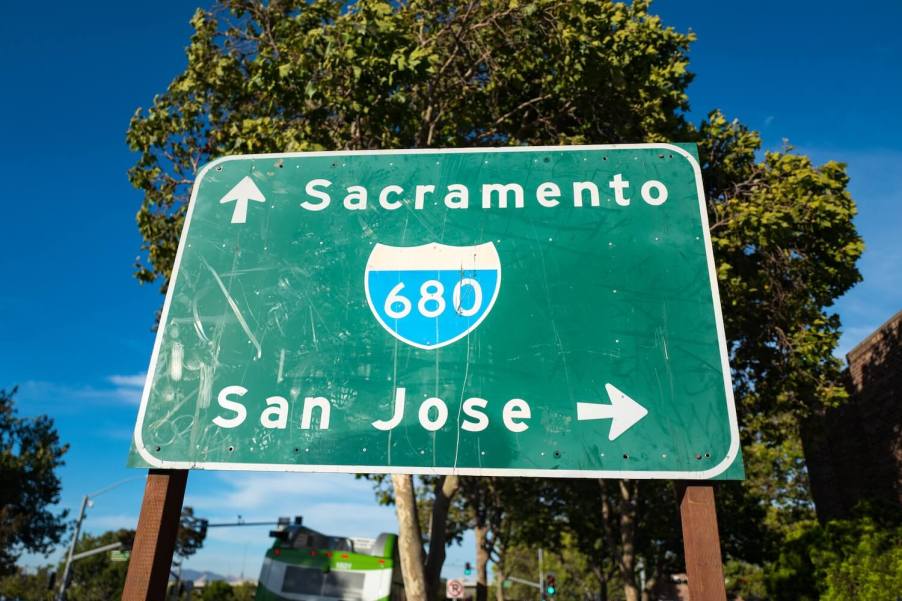
Why Do Some Highways Have Two-Digit Names and Others Have Three?
The Interstate Highway System may seem like a tangled mess of letters and numbers. But on your next road trip, remember that there is an elegant method to its madness. Every major interstate has a two-digit name. Odd number run north-south, and even numbers run east-west. The USA highway names are even numbered sequentially. So what about highways with three-digit names? Well these are the minor interstates, or the spurs of the major routes. Each of their three numbers is a clue to exactly where they are taking you.
Minor interstate highways have three-digit names

For the most part, the larger an interstate, the fewer digits it has in its name. Most of major routes in the Interstate Highway System have two-digit names. These range from I-10, which runs east-west along the bottom of the country to I-90 along the top. I-95 goes north-west along the east coast, while I-5 (technically I-05? Who knows…) runs north-south along the west coast.
The minor routes in the Interstate Highway system have three-digit names. But don’t get them confused with the “medium” interstate highways. These have two-digit names that don’t end in zero or five. They run between major routes but aren’t spurs or byways. Odd-numbered “medium” interstate highways run north-south while even-numbered ones run west-east.
The last two digits of a three-digit interstate are the name of the major highway it connects to

This is an often-overlooked code for minor interstate highways. If you see a divided highway with a three-digit name, look at the last two digits of its name. Those are the name of a major or medium interstate that it connects to at some point.
Note that this may be a spur highway: if you get on it in the wrong direction, you may be driving away from that major interstate. You only know that it connects with it at some point.
What if a minor interstate connects one major interstate to another? Well then, all bets are off. The DOT allows states to number these divided highways however they want.
Pay attention to the first digit of a three-digit highway name

Minor interstate highways that begin with an even number are byways, diverging from a major highway but reconnecting eventually. Minor interstate highways that begin with an odd number are spurs that head off on their own. This is one of the most helpful naming conventions of the minor interstate highways.
Let’s say you are cruising along I-20, and you see a sign for 620. Because the first digit of this road’s name is even (6), you know it will eventually reconnect to I-20. If you are looking for a scenic byway, this is an excellent route to choose. You know that eventually, you’ll end up back on I-20.
Another example I-670. It diverts from I-70, passes through Kansas City, and eventually reconnects with I-70. This is why its called a bypass. A beltway, on the other hand, often fully encircles a city before reconnecting with its parent interstate highway.
But if your three-digit minor interstate starts with an odd number it will not connect back to its parent highway. This is often called a spur. If you take a spur you are headed away from the major interstate and you won’t be able to return unless you complete a tricky U-turn. Note that because there are a limited number of leading digits, many three-digit highway names repeat in different states.
Next, see the simple map of the Interstate Highway System that’s blowing people’s minds, or learn all about how interstates are named in the video below:





